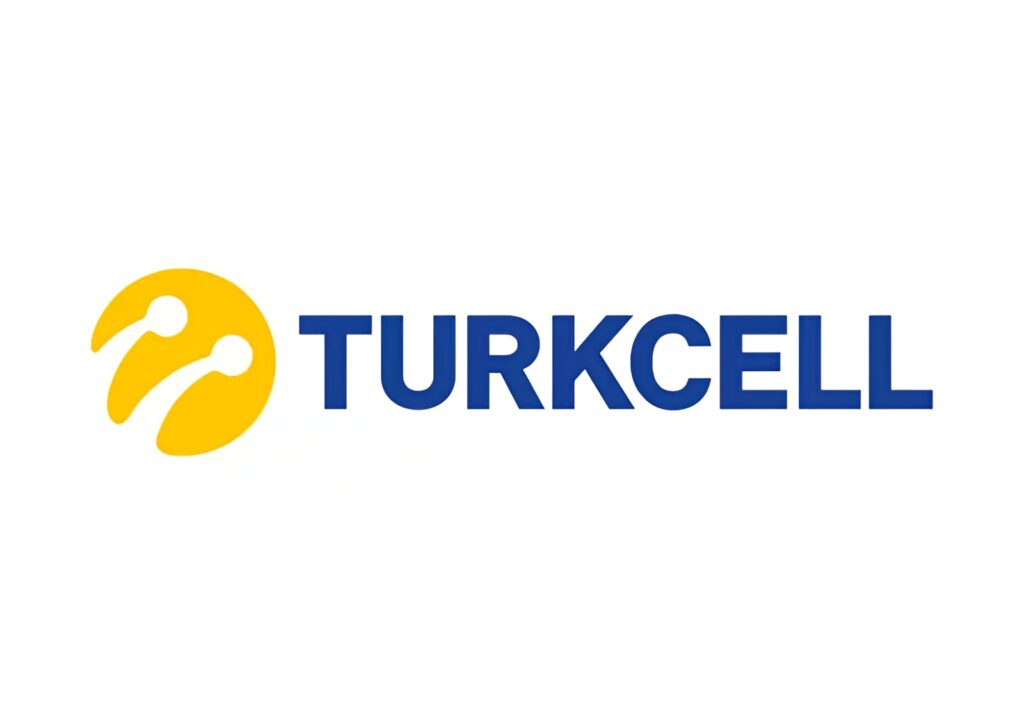Insider Brief
- Ethereum co-founder floats a hard fork strategy to safeguard Ethereum funds against potential quantum computer attacks.
- Vitalik Buterin’s strategy involves a series of measures designed to fortify Ethereum’s defenses.
- Some community members have voiced concerns over the efficacy of such measures if quantum computers capable of decrypting Ethereum wallet.
Ethereum co-founder Vitalik Buterin has proposed a hard fork strategy aimed at safeguarding Ethereum funds against potential quantum computer attacks. This proposal has ignited a widespread discussion on the necessity of quantum security measures within the blockchain ecosystem, as reported by Blockchain.News.
Buterin’s proposed strategy involves a series of measures designed to fortify Ethereum’s defenses in the event of a quantum computing breach.
A quantum computer’s theoretical ability to solve certain mathematical problems far more efficiently than classical computers are the cause for concern. These cryptographic techniques serve as much of blockchain’s security. Quantum computers could — again, theoretically — undermine Ethereum’s cryptographic bedrock by decrypting private keys and compromising the integrity of smart contracts. This quantum capability could also disrupt consensus mechanisms, centralizing control or threatening the security of staked assets, which would Ethereum’s long-term viability and undermining trust in the platform.

Key Steps
Key steps were discussed in the Ethereum Research forum. The steps include the reversion of all blocks subsequent to the detection of a quantum attack, the suspension of traditional externally owned account (EOA) transactions to prevent further vulnerabilities, and the introduction of a new transaction type tailored for smart contract wallets that aligns with the anticipated RIP-7560 standard.
The proposal also outlines the implementation of an innovative transaction type or opcode that would enable users to submit STARK proofs. These proofs verify the user’s knowledge of a private preimage and a public address generated through approved hash functions, culminating in the replacement of the user’s account code with a quantum-resistant validation mechanism.
Among these deliberations, the web site reported that some community members voiced concerns that these measures would not be effective if people with malevolent intentions secure quantum computers capable of decrypting Ethereum wallets. These skeptics argue that distinguishing between legitimate owners and attackers could be extremely difficult under such circumstances. They advocate for the adoption of NIST standardized algorithms in a hybrid configuration with classical algorithms, such as combining the Dilithium and ed25519 algorithms, despite the resultant increase in block sizes due to the high number of signature and public key sizes of many current post-quantum schemes.
Alternative propositions include the development of machine learning systems dedicated to the surveillance and identification of anomalous transactions, serving as an early warning mechanism to activate a fail-safe fork.
The Ethereum community’s engagement with these quantum security challenges underscores the sector’s proactive stance in navigating the security arms race posed by quantum computing advancements. Innovations such as Lamport signatures and ERC 4337-based quantum-resistant smart contract wallets, along with the integration of quantum-safe cryptographic solutions in digital signature applications, epitomize the blockchain sector’s commitment to resilience and adaptability in the face of technological threats.
If you found this article to be informative, you can explore more current quantum news here, exclusives, interviews, and podcasts.















